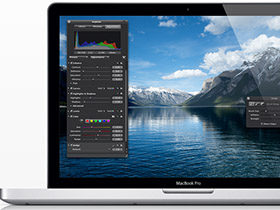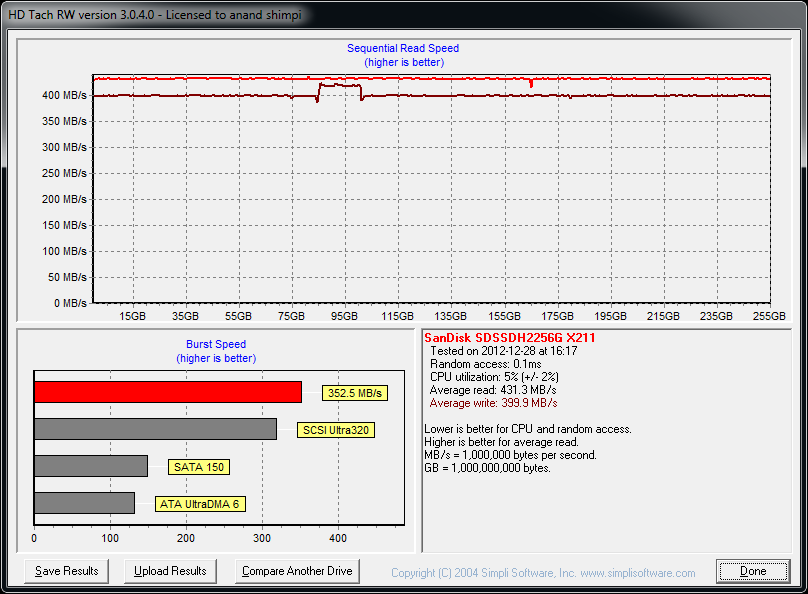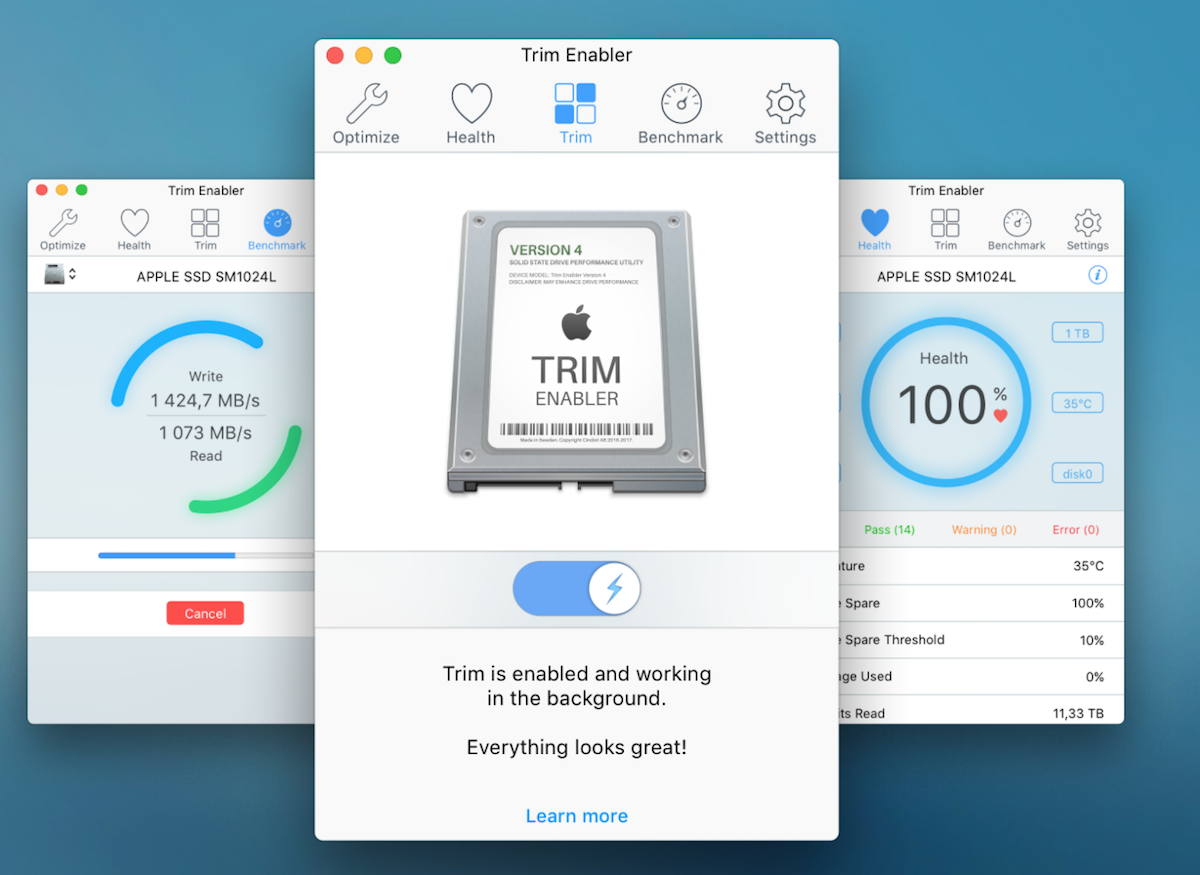
This awful situation is compounded by the fact that solid state drives are only able to delete data in large 512 kB blocks so this slows down the entire overwriting process even more. A traditional hard disk drive is able to overwrite data in one single operation, but a solid state drive first has to erase all data in this "not in use" space before it is able to record the new data. When the operating system requires more space, it will simply overwrite this "not in use" zone. When you delete this file later, it is not instantly removed from the SSD - Instead the operating system simply marks the space taken up by the file as "not in use".
TRIM ENABLER 5 FULL
Since the file is being copied to a fresh blank space, the SSD is able to write the data directly at full speed. This is due to the awkward way that solid state drives overwrite data to areas that already contain information.Įxample: You copy a file to your brand new SSD. It is even better than using the new built in trimforce command, since that requires 10.10.4 and may require disabling system security on El Cap.What is TRIM Support and Why is It so Important?īefore you can appreciate what TRIM does, you'll first have to know this: Left unchecked, the performance of a SSD will deteriorate with use. “Using Disk Sensei or Trim Enabler, you can now enable Trim on OS X Yosemite (10.10.3 or later) and OS X El Capitan without disabling kext signing!”Ĭan you guys test this? I’d like to know for myself and, like I said, it may help you sell more OWC SSDs to the kext-wary and terminal command-wary customers.Ĭinder also claims “This is the easiest and safest way to enable Trim on OS X. Here’s something else for the kext-wary and the terminal-command wary: Cindori has announced updates allowing TRIM without disabling kext signing for easier 3rd party SSDs without using terminal AND–they claim–it can be done in 10.10.3 Yosemite and El Capitan 10.10.4 with their TRIM enabler 3.4 and latest Disk Sensei state:
TRIM ENABLER 5 MAC
Hurray! This was a loooong time coming! I’m excited because it means I and other mac users can have the security if kext signing, duraWrite, garbage collection, over-provisioning AND TRIM with my OWC SSD! I suspect it will also increase your SSD sales with kext-wary customers. If that happens, you can simply close the window.įor more information on TRIM and your OWC SSD, please read our article, With An OWC SSD, There’s No Need For TRIM Note: After your machine reboots, Terminal may relaunch depending on your machine’s settings.

Is this okay (y/N) ?” Press y again and enter and it will tell you “Enabling TRIM”. Press y and then enter to proceed to the next instruction. You’ll then be told that “Your system will immediately reboot when this is complete. 3.) You’ll be asked “Are you sure you wish to proceed (y/N). If users already have applications such as “Trim Enabler” already installed, they should probably remove it before using Trimforce. As a reminder, you should always keep a backup of your data to ensure your data is secure. However, if you have a relatively recent SSD, there shouldn’t be any problem enabling TRIM via Trimforce.

While more recent SSDs shouldn’t have a problem enabling TRIM via Trimforce, older SSDs might behave in unexpected ways when enabling TRIM.
TRIM ENABLER 5 PASSWORD
2.) Enter the command “sudo trimforce enable” (without quotes). You’ll then need to enter your password to continue. You will see the screen below with a warning or “Important Notice”. If you would like to enable TRIM on your SSD with the Trimforce command, we have put together a brief step-by-step guide:ġ.) Open Terminal. However, our testing has shown no issues with using Trimforce or third-party enablers with an OWC SSD.

OWC SSDs are built to run at optimal speed and provide peak performance throughout their lives without TRIM through DuraWrite technology, over-provisioning, and garbage collection. On Wednesday, we reported that Apple released the latest OS X version with 10.10.4, which adds the support of TRIM for third-party SSDs.


 0 kommentar(er)
0 kommentar(er)
